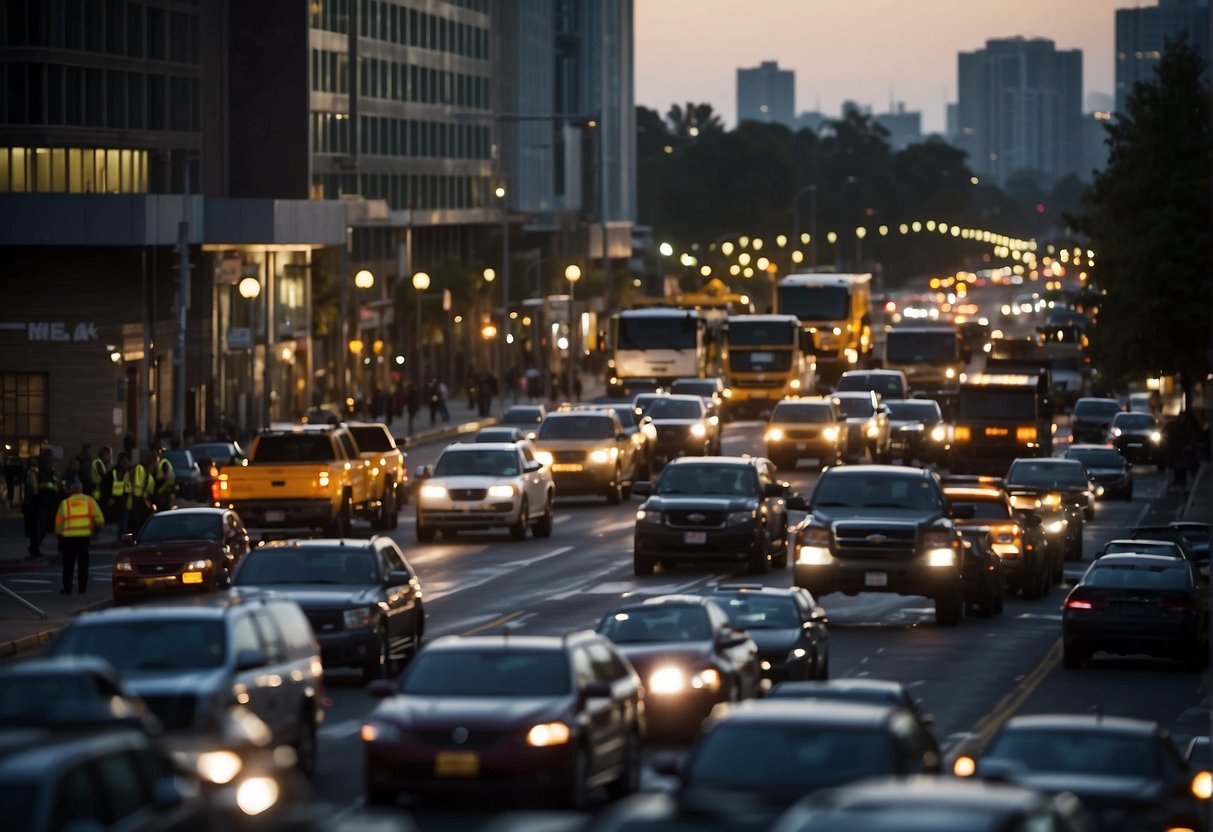Environmental factors significantly impact the frequency of accidents and injuries in the United States. Weather conditions, such as rain, snow, and ice, notoriously complicate driving and increase the likelihood of vehicular incidents. Similarly, poor road maintenance and inadequate lighting are notable contributors to hazardous conditions that can lead to injuries or fatalities. Industrial workplaces are not exempt from environmental risks, with factors like noise pollution, air quality, and chemical exposure posing threats to employee safety.
The role of injury attorneys becomes crucial in navigating the aftermath of accidents. They understand the complex interplay between environmental elements and human error. By analyzing accident reports, witness testimonies, and expert evaluations, attorneys work to establish the causative relationship between environmental conditions and the injuries sustained by their clients. Their expertise assists in securing fair compensation for victims, and often, their work influences policy changes aimed at improving safety standards.
Environmental Factors Influencing Accident Rates
The frequency of accidents and injuries in the United States is closely linked to various environmental factors. These factors can significantly contribute to the conditions that lead to incidents across different settings.
Weather Conditions and Visibility
Adverse weather conditions, including rain, snow, ice, fog, and high winds, can reduce visibility and vehicle traction, leading to increased accidents on the road. The Federal Highway Administration reports that weather-related crashes account for approximately 21% of vehicle accidents annually. For instance, low visibility conditions may lead to multi-vehicle pile-ups, while icy roads can cause vehicles to slide uncontrollably. In such situations, an injury attorney might consider weather-related negligence in accident claims.
Road and Infrastructure Quality
The state of roads and infrastructure plays a pivotal role in accident rates. Poorly maintained roads characterized by potholes, uneven surfaces, and lack of proper signage can lead to vehicle damage, loss of control, and, ultimately, collisions. According to the American Society of Civil Engineers, one-third of the US roadways are in substandard condition. These infrastructure issues not only increase the risk of traffic incidents but can also lead to higher rates of vehicle wear-and-tear and related accidents. When road conditions contribute to an accident, those affected may seek legal counsel to determine if poor infrastructure maintenance played a role.
Industrial and Workplace Environments
Accidents within industrial and workplace environments are often influenced by the surrounding physical conditions. Factors such as inadequate lighting, cluttered workspaces, exposed wiring, and the presence of hazardous chemicals can elevate the risk of work-related injuries. OSHA statistics reveal that over 5,000 workers died on the job in 2019. It is the responsibility of employers to maintain safe work conditions, and failure to do so may lead an injury attorney to pursue a case on the grounds of workplace safety violations.
Strategies for Mitigation and Prevention
Reducing accidents and injuries in the United States involves a multifaceted approach. This section focuses on three critical strategies: shaping public policy and legislation, investing in safety training and education, and harnessing technological advancements.
Public Policy and Legislation
Public policy and legislation are the backbone of systematic changes that safeguard citizens. Regulations such as the Occupational Safety and Health Act (OSH Act) set forth mandatory standards that employers must follow to ensure workplace safety. Injury attorneys often advocate for stronger enforcement of these laws to help mitigate risks and offer better compensation in the event of workplace accidents.
Recent legislation, like the Road to Zero initiative, aims at eliminating traffic fatalities by 2050 through a combination of policy, infrastructure, and behavioral changes. This is critical, as traffic accidents are a leading cause of injury in the U.S. Each law directly shapes safety standards and practices across varied industries.
Safety Training and Education
Comprehensive safety training and education programs are instrumental in preventing accidents and injuries. They equip individuals with the knowledge and skills necessary to identify hazards and respond appropriately.
- Construction: On-site safety courses minimize the risk of falls, electrocutions, and machinery accidents.
- Healthcare: Programs focusing on patient handling techniques reduce the incidence of work-related musculoskeletal disorders among healthcare workers.
- General Public: First aid and CPR courses have been fundamental in improving outcomes during emergency situations.
Safety training is an ongoing process, and it’s vital for employers to keep their workforce informed and educated to adapt to emerging risks.
Technological Advances in Safety
Technological innovations have introduced cutting-edge tools that drastically improve safety measures. Advancements such as wearable devices can monitor vitals and alert workers to fatigue or hazardous conditions. Drones can inspect dangerous or inaccessible areas, reducing the need for human exposure to potential harm.
| Industry | Technological Solution | Expected Outcome |
| Automotive | Automatic Emergency Braking (AEB) systems | Prevention of collisions |
| Construction | Exoskeletons for lifting support | Reduction in overexertion injuries |
These examples represent a portion of the multitude of technologies being developed and employed. As these innovations become more prevalent, the frequency of accidents and their resulting injuries is expected to diminish.











